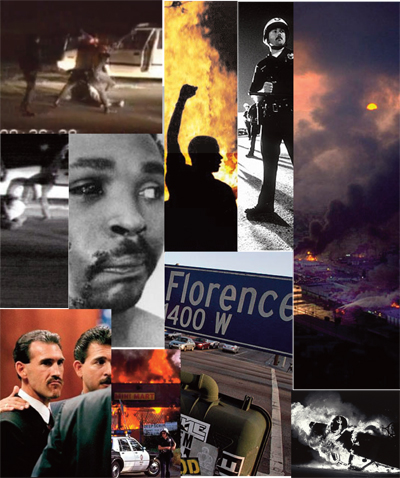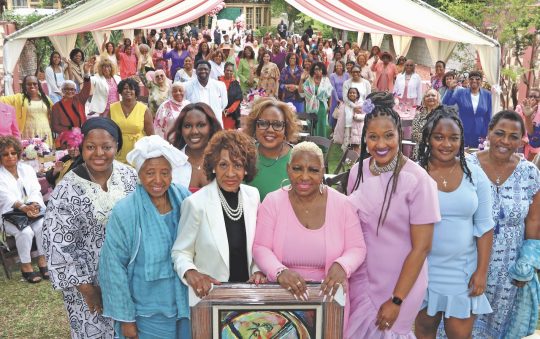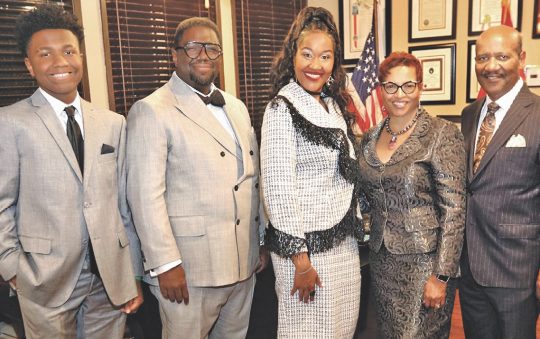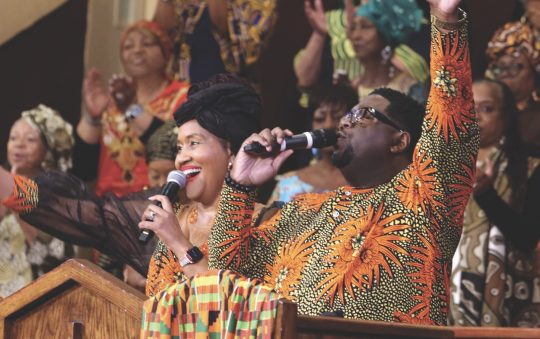May. 18
In 1992, Rodney King made a national appeal in an attempt to quell Los Angeles’s violent response to the acquittal of the four officers who beat him. In a panel discussion held at First AME Church of Los Angeles, Tyree Boyd-Pates, curator of CAAM’s exhibition No Justice, No Peace: LA 1992, will engage Reverend Cecil Murray of First AME, Rodney King’s daughter, Lora King, and Mark D. Craig, author of Ain’t a Damn Thing Changed and an original Parker Center demonstrator, to examine the legacy of the uprisings and assess whether LA is faring any better in 2017 than it did in 1992.







